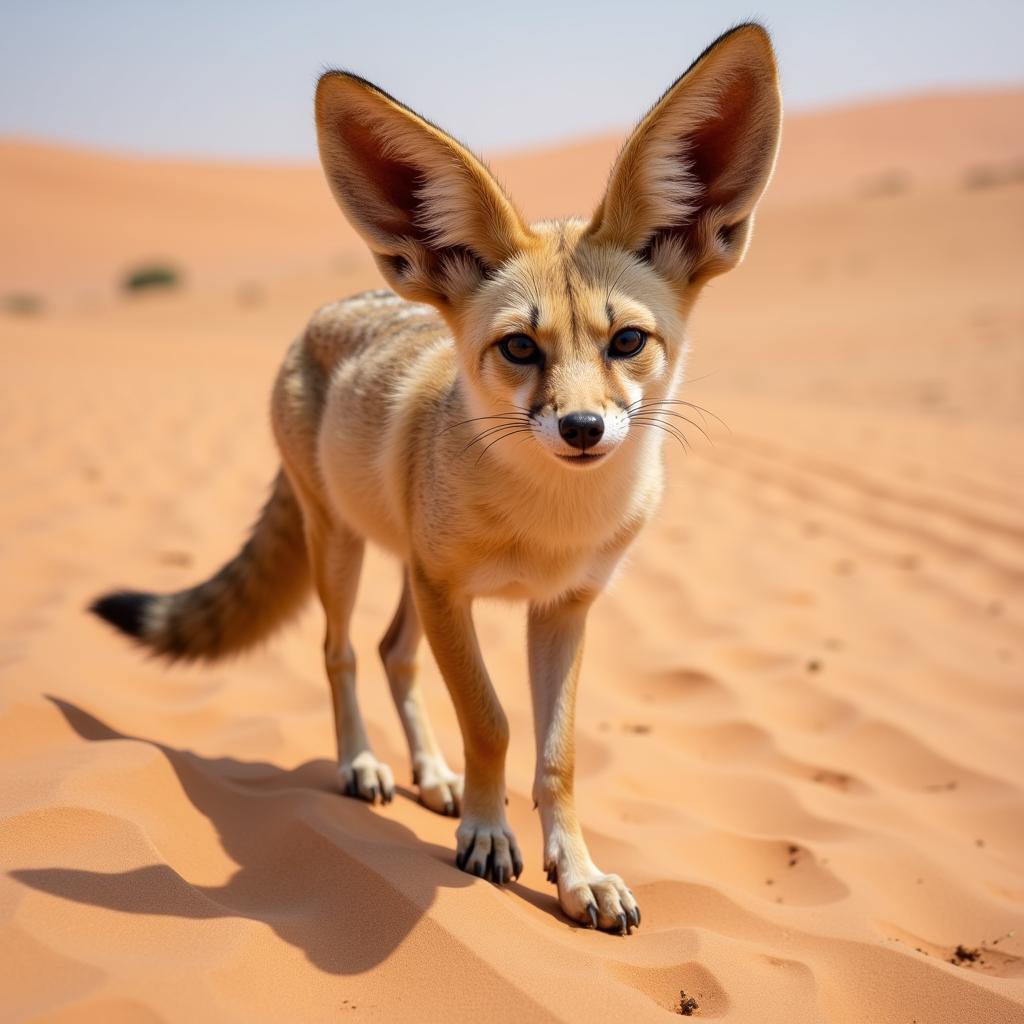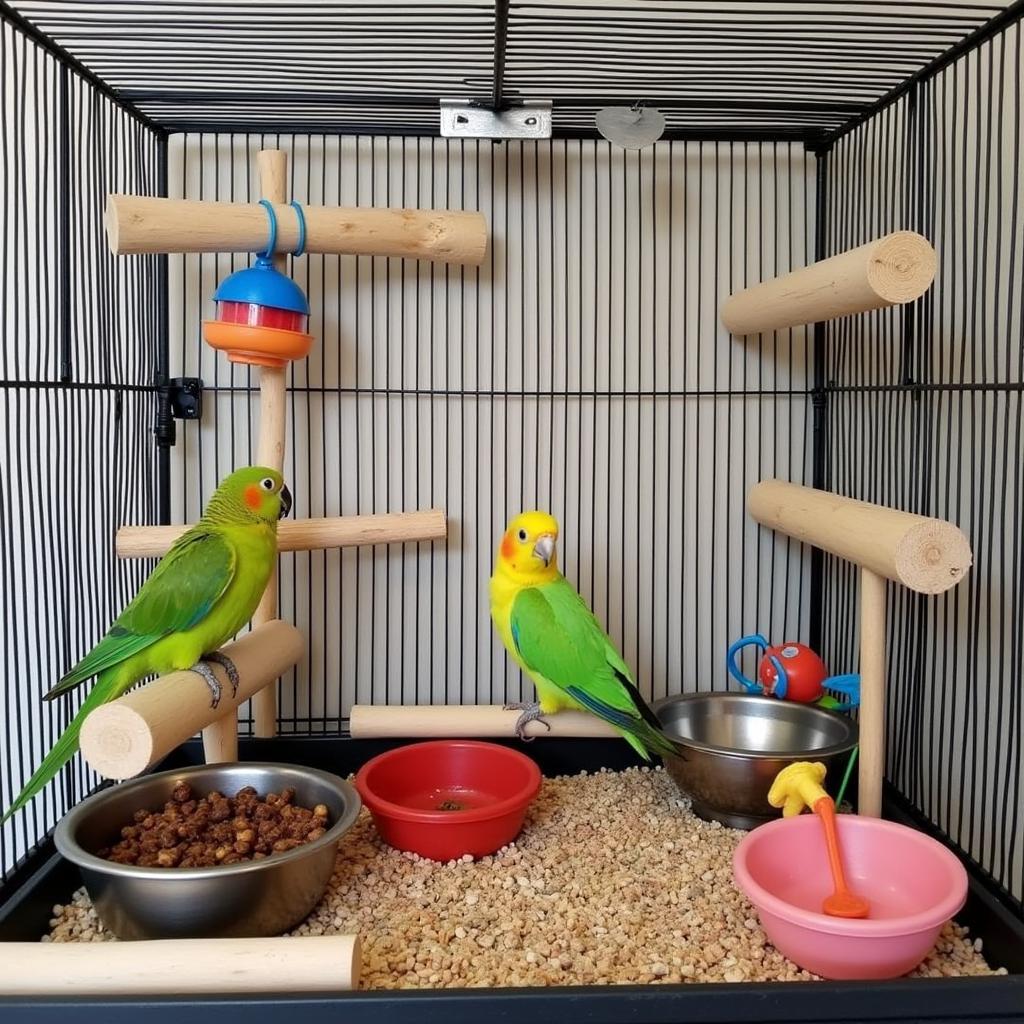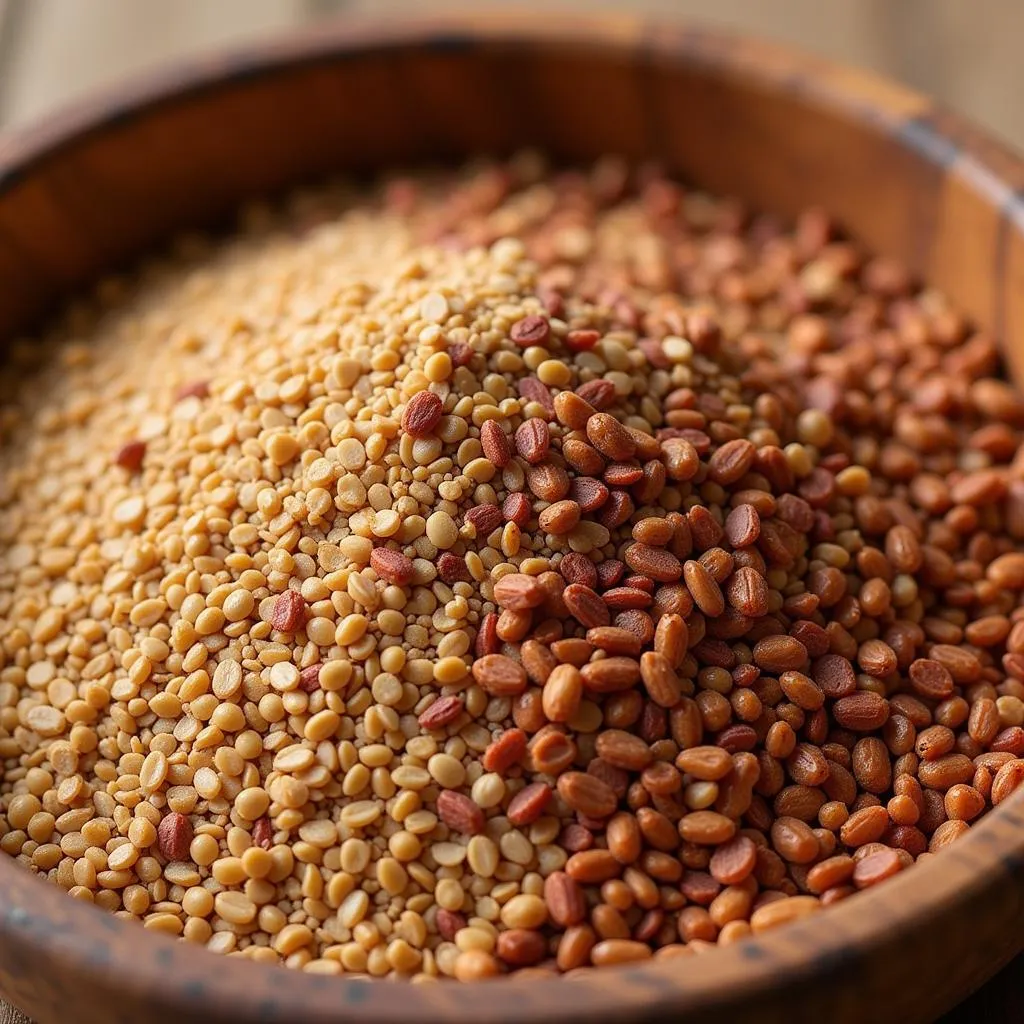African Bullfrog Habitat: Where Giants Thrive
The African bullfrog, a creature of formidable size and surprising adaptations, calls the African savanna and grasslands its home. This article delves into the fascinating world of the African bullfrog, exploring its preferred habitat and the unique challenges it faces.
A Land of Extremes: The African Bullfrog’s Domain
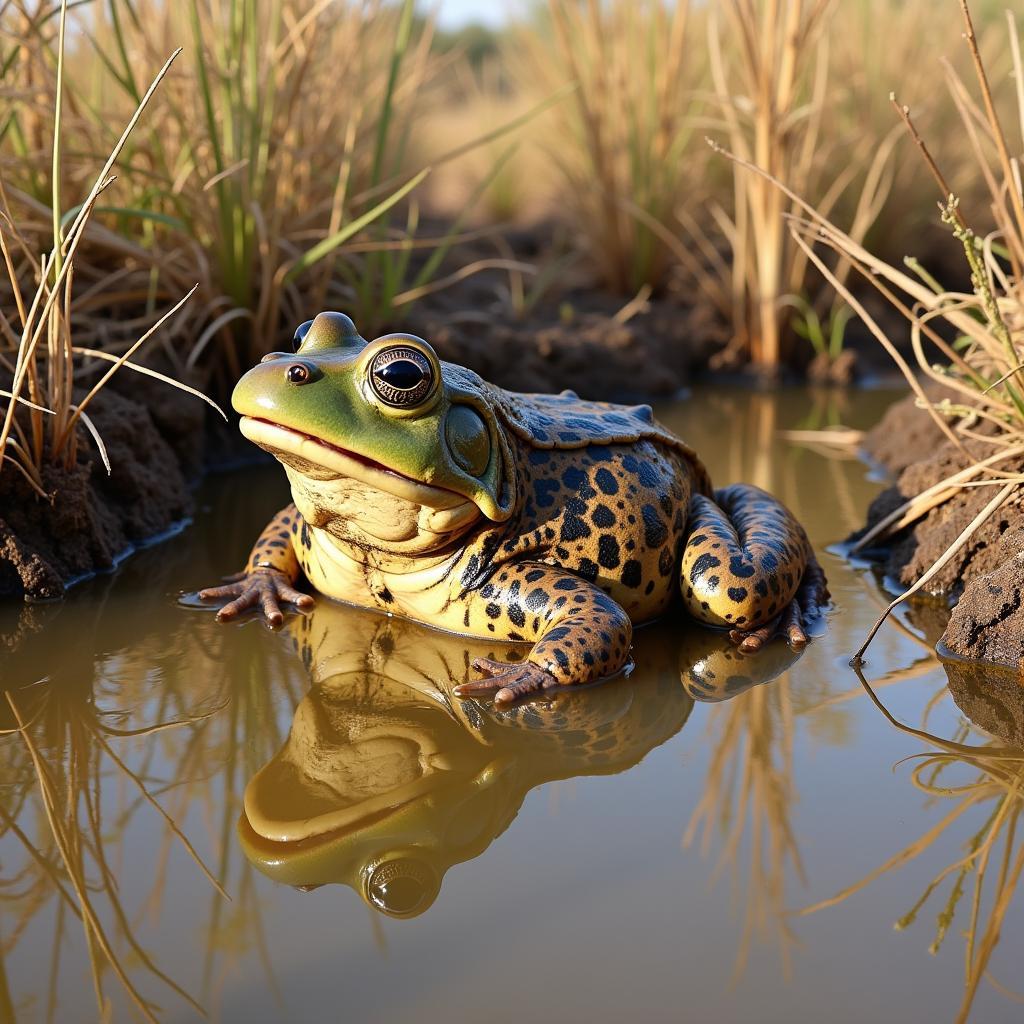 African bullfrog camouflaged in savanna grassland
African bullfrog camouflaged in savanna grassland
Thriving in regions where others might falter, the African bullfrog has adapted to survive in the harsh, unpredictable environments of sub-Saharan Africa. From the savannas of South Africa to the grasslands of East Africa, these amphibians have carved out a niche for themselves in a land of extremes.
Dry Seasons and Dramatic Transformations
Life for an African bullfrog is a cycle of feast and famine dictated by the ebb and flow of the rainy seasons. During the dry season, when water becomes scarce and temperatures soar, these frogs retreat underground. Here, they enter a state of estivation, a period of dormancy similar to hibernation, where their metabolic rate slows, and they can survive for months on stored energy reserves. To further conserve moisture, they shed layers of skin, creating a waterproof cocoon that helps prevent dehydration.
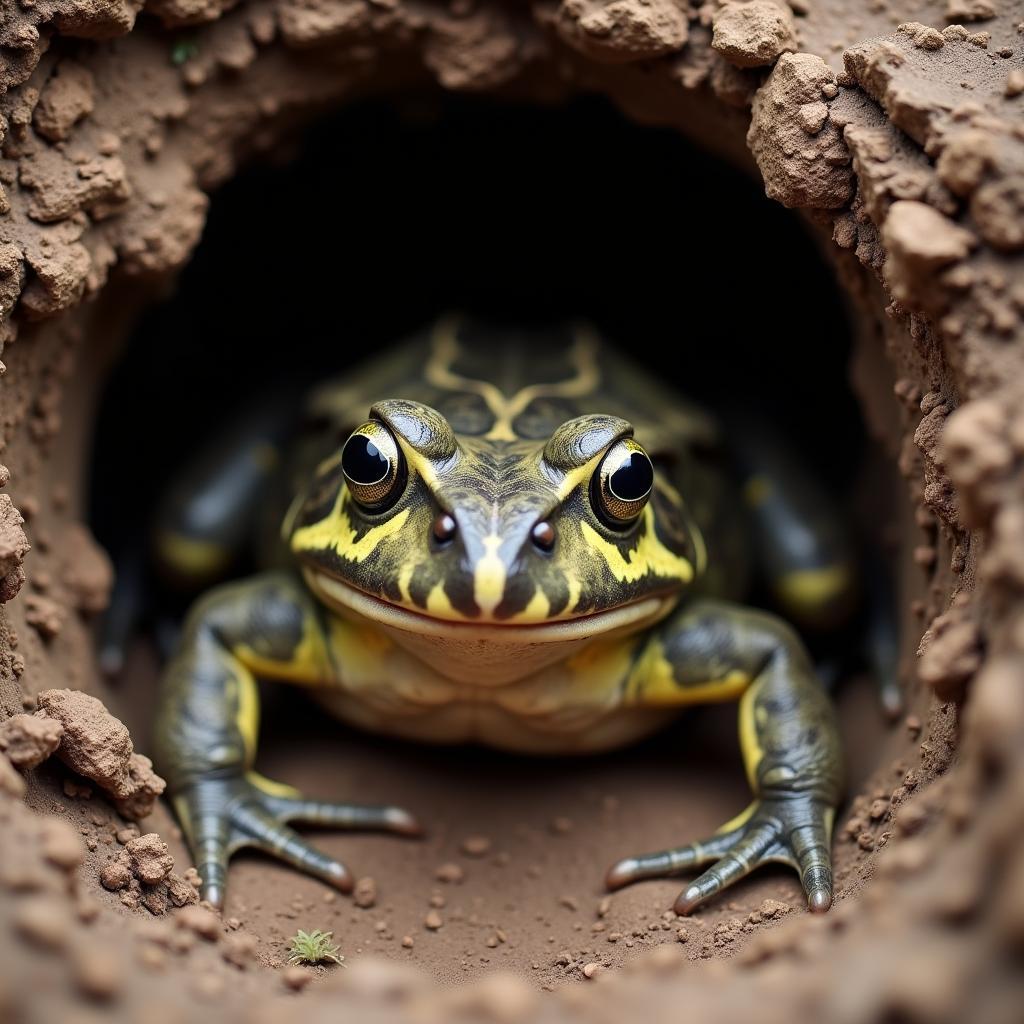 African bullfrog in its estivation burrow
African bullfrog in its estivation burrow
“The ability of the African bullfrog to withstand prolonged periods of drought is a testament to their remarkable adaptability,” says Dr. Anya Moretti, a herpetologist specializing in African amphibians. “Their estivation strategies are truly remarkable.”
Rainy Season Abundance: A Time for Feasting and Reproduction
When the rains finally arrive, it’s a time of dramatic transformation for both the landscape and the African bullfrog. The parched earth awakens, bursting forth with new life. Temporary ponds and puddles, brimming with insect life, become the bullfrog’s hunting grounds.
african bullfrog size plays a crucial role in their hunting prowess, allowing them to tackle prey as large as rodents, birds, and even other frogs. Their voracious appetites are legendary, and they play a vital role in regulating insect populations.
The return of the rains also signals the start of the breeding season. Males, now fiercely territorial, stake their claim to prime breeding spots in the temporary ponds. Their deep, booming calls echo across the savanna, attracting females and warning off rivals. After mating, females lay thousands of eggs in the water, and the cycle of life begins anew.
Threats and Conservation: Protecting a Giant
Despite their resilience, African bullfrogs face growing threats. Habitat loss due to human encroachment and agriculture is a significant concern. Pollution and the introduction of invasive species also pose risks to their populations.
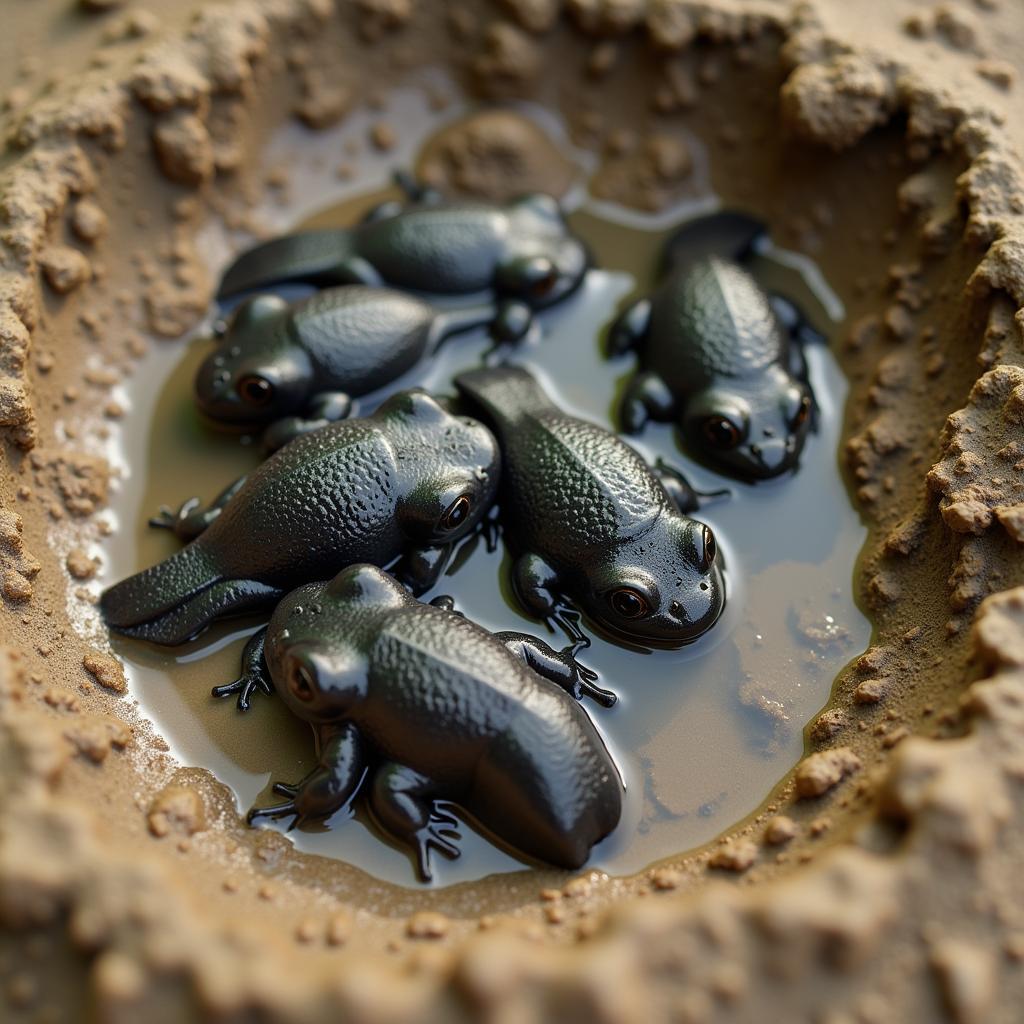 African bullfrog tadpole in a temporary puddle
African bullfrog tadpole in a temporary puddle
However, there are glimmers of hope. Conservation efforts, including habitat restoration and captive breeding programs, are underway to help protect these fascinating creatures. Raising awareness about the importance of preserving their unique habitats is crucial for ensuring their long-term survival.
FAQ: Delving Deeper into the African Bullfrog’s World
What is the average lifespan of an African bullfrog?
In the wild, African bullfrogs typically live for 10 to 15 years.
What do African bullfrogs eat?
These opportunistic carnivores have a varied diet consisting of insects, rodents, birds, snakes, and other frogs.
Are African bullfrogs dangerous to humans?
While they possess a powerful bite, African bullfrogs are not inherently dangerous to humans. However, they will defend themselves if threatened.
Beyond the Habitat: Further Exploration
Interested in learning more about the African bullfrog and other fascinating creatures of the African continent? Explore these related topics:
Conclusion: Appreciating the Giants of the Savanna
The African bullfrog, a master of adaptation and a vital part of the African ecosystem, reminds us of the incredible diversity of life on our planet. Understanding their habitat and the challenges they face is essential for ensuring their continued survival. Let’s work together to protect these giants of the savanna and the delicate balance of nature they represent.
For further assistance or inquiries, please don’t hesitate to contact us at +255768904061, email us at [email protected], or visit us at Mbarali DC Mawindi, Kangaga, Tanzania. Our dedicated customer service team is available 24/7 to assist you.
